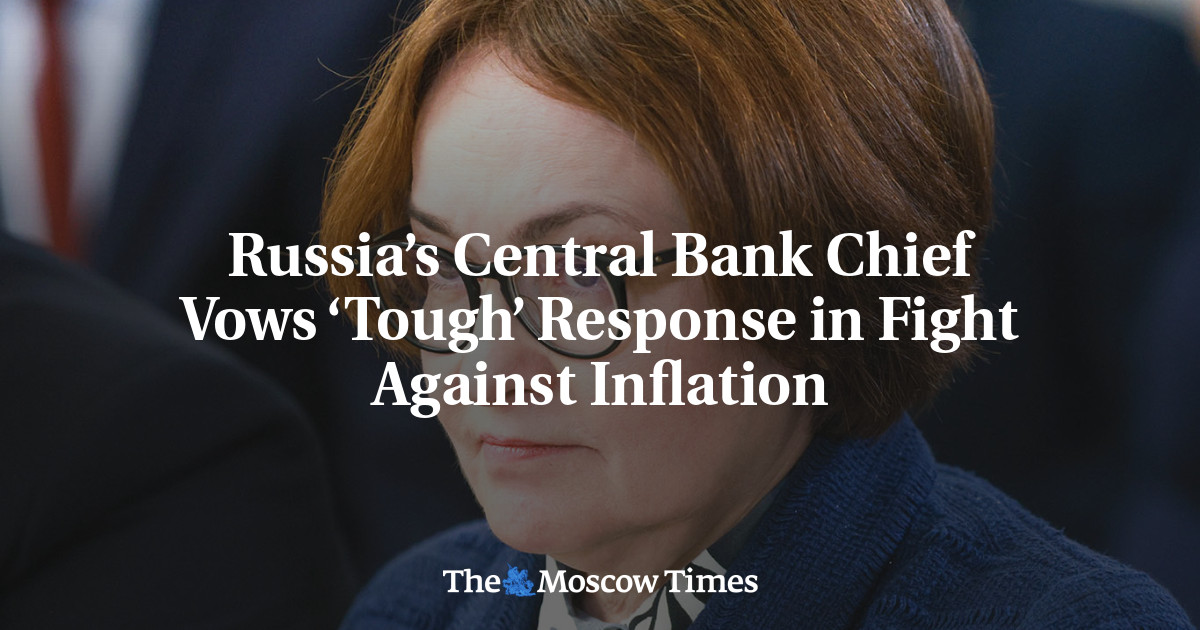Russian Central Bank Governor Elvira Nabiullinawarned comments, made to a group of State Duma lawmakers, come a week after the Central Bank hiked its key rate to a record-high 21%, taking it even further than the emergency rate of 20% initially introduced after the February 2022 invasion of Ukraine.
“With high inflation, economic growth cannot be sustainable,” the Central Bank head told Russian lawmakers. “It’s a dangerous illusion to think that increased inflation can be reliably kept within a certain zone.”
“That’s why we’re not planning to take any shortcuts as we move toward our 4% target,” she added, defending the regulator’s tight monetary policy as an “inevitable reaction to what’s happening in the economy.”
[…]
Seasonally adjusted price growth in September rose to 9.8% year-on-year from 7.5% in August. Core inflation, meanwhile, increased to 9.1% from 7.7% over the same period.
[…]
Russia has faced volatile prices since President Vladimir Putin sent troops into Ukraine in February 2022, triggering a barrage of Western sanctions and strict countermeasures in a bid to stabilize the economy. So, too, has defense spending soared as Moscow ramps up arms production for the war in Ukraine.
Russia’s draft budget for 2025, passed by lawmakers in its first reading last week, allocates around one-third of total state spending — or 6.3% of GDP — to the military, a figure unprecedented since the days of the Cold War.
Given that so much of the current spending is driven by the state, which is less responsive to higher borrowing costs, analysts fear that raising interest rates may not be an effective measure against inflation.
[…]
Analysts have cautioned that Russia may be entering a period of “inflation without growth,” while also warning the economy is inching closer toward stagflation — when the economy grows slowly and prices shoot up.



As with the inflation in many EU countries, the goods actually making up most daily purchases had prices increase much more severely.
deleted by creator